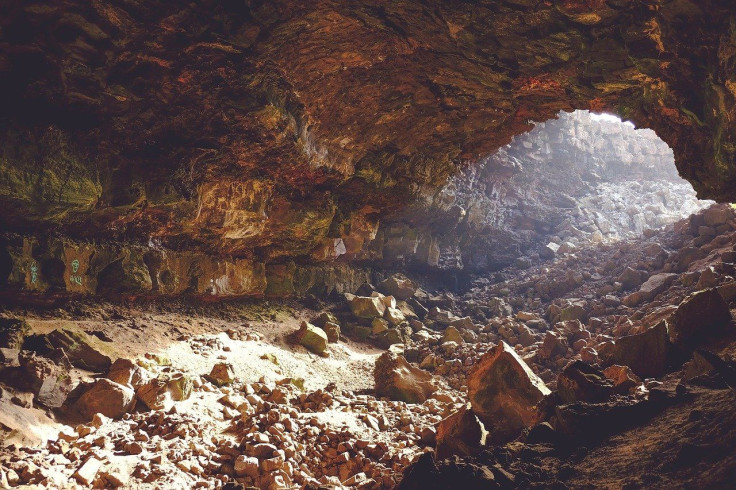Scientists Determine How A Lone Human Skull Ended Up In An Italian Cave
KEY POINTS
- Scientists previously discovered an isolated human skull in a hard-to-reach Italian cave
- Researchers' analysis helped them determine if it got there on purpose or by accident
- The discovery also revealed the funeral rituals of the people at the time
Researchers have finally solved the mystery of how an ancient skull ended up isolated in a cave in Italy.
It was in 2015 when archaeologists discovered a human skull in the Marcel Loubens Cave in Northern Italy. This skull did not have a jaw, and later analysis revealed that it likely belonged to a woman some 24 to 34 years old from 3630-3380 B.C., the Public Library of Science (PLOS) said in a news release.
Isolated Skull
What is so strange about this particular skull? It's actually not just the skull itself but also where it was found that is quite mysterious. According to the researchers of a new study published in PLOS ONE, the skull was found at the top of a vertical shaft in the cave, which can be reached by a 12-meter climb from the "Meandro della cattiveria" (Maze of Malice).
This particular area is not exactly easy to reach, with many of the passages not wide enough for more than one person to pass. In fact, it wasn't until 2017 when experts were able to recover the skull.
What's more, even if caves are known to be used in ancient funeral rituals, there were no other human remains in the area at the time of the discovery.
As such, there is the question of whether the lone skull was placed in the isolated cave on purpose or if it just accidentally got there.
'Odd Fate'
Based on the researchers' analysis of the pigmentation on the outer surface of the skull as well as the sediments that accumulated inside it, the researchers determined that the skull had likely washed up from its original burial place by water and mud.
"The accidental nature of the event is also seemingly confirmed by some post-mortem lesions on the cranium," the researchers said.
The "odd fate" of the skull also revealed something about the funeral practices at the time. According to the researchers, lesions and injuries on the skull suggest that it was dismembered, a practice that was actually not as uncommon as one might think.
It's possible, the researchers said, that the soft tissues and jaw were removed "likely to facilitate the access to the brain."
"The cadaver (or head) of an early Eneolithic young woman was likely manipulated and dismembered in a funerary or ritual context and the skull, after a long and bumpy ride, accidentally ended up in the cave in the position in which it was found!" the researchers added.

© Copyright IBTimes 2024. All rights reserved.





















